SACMI Cooperativa Meccanici Imola Società Cooperativa
The main aim of the present project is to find photocurable liquid formulations suitable for the production of molds for ceramic tiles. More specifically, the goal is to have formulations that can be handled for digital manufacturing of molds. The use of DOD (drop on demand), with resins applied thanks to printing heads to produce 3D-structured surfaces, in fact, is a recent and strategic innovation in ceramic mold manufacturing. The advantages of this technology are very important:
An open challenge, however, is given by the properties of the mold. Actually, the used mold material is relatively easy to be worn-out, due to the fact that ceramic powders (the material to be pressed by the mold) are very abrasive.
One of the main limitations of the actual DOD technology is related to the presence of a maximum viscosity limit of the resins in use. This aspect represents a strong limitation for a much wider selection of photocurable resins and related formulations having a higher potential in terms of abrasion resistance, hardness, etc.
In the present project, the use of printing heads and related accessories able to operate at high temperatures for the realization of a lab-scale prototype system for resin application will be the base for exploring the possibility to use resins and related formulations having a viscosity too high for the current state-of-the-art.
Resins with different chemical composition and reactivities will be evaluated as well as the possibility to incorporate inorganic fillers/particles for the improvement of the abrasion resistance.
The starting monomers and oligomers will be selected based on their rheological properties before curing, mechanical properties after cross-linking and their origin. When possible, monomers and oligomers obtainable from renewable resources will be considered for their impact on materials sustainability.
Process parameters (printing conditions such as deposition speed, UV-Vis source energy, etc.) will be investigated and optimized in order to control the resolution of the 3D-structured surface pattern, the adhesion to the substrate and the ultimate properties (abrasion resistance and other).
The expected results are summarized as follow from a scientific and technological point of view.
Concerning other expected results with social and economic impact, in the case of positive results, the knowledge and the expertise developed by the young researcher (PhD student to be recruited) during the project could be the base for eventual entrepreneurship activities such as spinoff or startup companies.

Progetto n.: PE_00000004
MADE IN ITALY CIRCOLARE E SOSTENIBILE
C.F. 97931690156